-
 Bitcoin
Bitcoin $108,489.6704
1.13% -
 Ethereum
Ethereum $2,502.0528
2.92% -
 Tether USDt
Tether USDt $1.0002
0.00% -
 XRP
XRP $2.1941
0.51% -
 BNB
BNB $655.3375
1.00% -
 Solana
Solana $151.5977
1.27% -
 USDC
USDC $0.9999
0.00% -
 TRON
TRON $0.2768
0.32% -
 Dogecoin
Dogecoin $0.1676
2.86% -
 Cardano
Cardano $0.5675
0.98% -
 Hyperliquid
Hyperliquid $40.6109
7.48% -
 Bitcoin Cash
Bitcoin Cash $500.7746
2.09% -
 Sui
Sui $2.8328
2.03% -
 Chainlink
Chainlink $13.4452
1.26% -
 UNUS SED LEO
UNUS SED LEO $9.1623
0.39% -
 Avalanche
Avalanche $18.2267
2.24% -
 Stellar
Stellar $0.2382
0.00% -
 Toncoin
Toncoin $2.8885
1.68% -
 Shiba Inu
Shiba Inu $0.0...01159
0.91% -
 Litecoin
Litecoin $87.1827
0.88% -
 Hedera
Hedera $0.1511
2.90% -
 Monero
Monero $315.4992
-0.59% -
 Polkadot
Polkadot $3.4663
2.34% -
 Bitget Token
Bitget Token $4.6118
-0.65% -
 Dai
Dai $1.0000
-0.01% -
 Ethena USDe
Ethena USDe $1.0003
0.02% -
 Uniswap
Uniswap $7.2989
4.69% -
 Pepe
Pepe $0.0...01003
5.73% -
 Aave
Aave $275.5616
7.15% -
 Pi
Pi $0.5181
-2.49%
How to set NFT royalties? How to determine the ratio and distribution mechanism?
Setting NFT royalties involves choosing a blockchain, creating a smart contract with a defined royalty percentage, and listing on a supportive marketplace like OpenSea or Rarible.
May 08, 2025 at 01:01 am
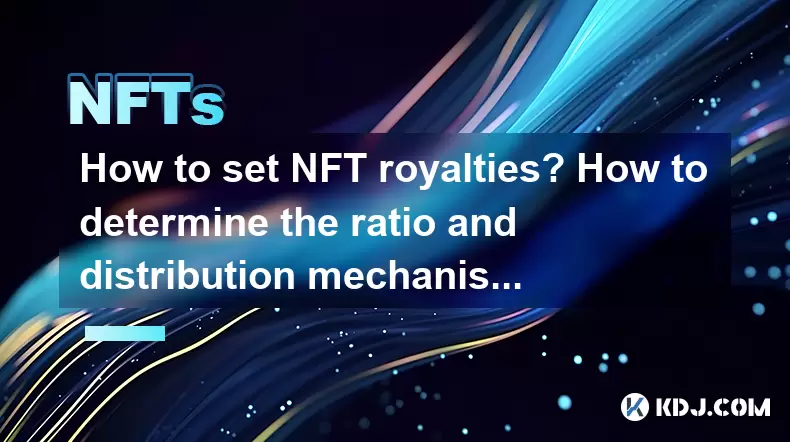
Setting NFT royalties and determining the appropriate ratio and distribution mechanism are crucial aspects of creating and managing non-fungible tokens (NFTs). Royalties allow creators to earn a percentage of sales each time their NFT is resold on a secondary market, ensuring ongoing income from their work. This article will guide you through the process of setting up NFT royalties, how to decide on the royalty ratio, and the mechanisms for distributing these royalties.
Understanding NFT Royalties
NFT royalties are payments made to the original creator of an NFT whenever the NFT is sold on a secondary market. These royalties are usually a percentage of the sale price and are automatically enforced by smart contracts on blockchain platforms. The concept of royalties in NFTs provides a way for artists and creators to benefit from the increasing value of their work over time.
How to Set NFT Royalties
Setting up NFT royalties involves a few key steps, which may vary slightly depending on the blockchain platform and marketplace you are using. Here's a general guide to setting royalties for your NFTs:
Choose a Blockchain Platform: Start by selecting a blockchain platform that supports NFT royalties, such as Ethereum, Solana, or Flow. Each platform has its own set of tools and smart contract standards for handling royalties.
Create Your Smart Contract: Most platforms require you to create a smart contract to define the rules of your NFT, including the royalty percentage. For instance, on Ethereum, you might use the ERC-721 or ERC-1155 standard, which both support royalties.
Define the Royalty Percentage: Within the smart contract, you'll need to specify the royalty percentage. This is typically done by setting a value that represents the percentage of the sale price that will be paid to you as royalties.
Deploy the Smart Contract: Once the smart contract is set up with the royalty rules, you'll need to deploy it on the blockchain. This step usually involves paying a gas fee, depending on the platform.
List Your NFT on a Marketplace: After deploying the smart contract, you can list your NFT on a marketplace that supports royalties, such as OpenSea, Rarible, or Foundation. The marketplace will automatically enforce the royalties defined in your smart contract.
Determining the Royalty Ratio
Choosing the right royalty ratio is a critical decision that can affect the appeal of your NFTs to buyers and your long-term earnings. Here are some factors to consider when determining the royalty ratio:
Market Standards: Research the typical royalty rates in your niche. For example, many artists on platforms like OpenSea set royalties between 5% and 10%.
Value Perception: Higher royalties might deter some buyers who feel it will reduce the resale value of the NFT. Conversely, lower royalties might attract more buyers but reduce your long-term earnings.
Long-Term Income: Consider how much you want to earn from future sales. If you expect your work to appreciate significantly, a higher royalty rate might be justified.
Competitive Analysis: Look at what similar artists or creators in your field are doing. Adjust your royalty rate based on what seems to work well for them.
Distribution Mechanism for NFT Royalties
The distribution of NFT royalties is typically handled automatically by the smart contract and the marketplace where the NFT is sold. Here's how the process generally works:
Sale Trigger: When an NFT is sold on a secondary market, the sale triggers the smart contract associated with the NFT.
Royalty Calculation: The smart contract calculates the royalty amount based on the sale price and the predefined royalty percentage.
Payment Distribution: The marketplace then automatically deducts the royalty amount from the sale proceeds and sends it to the wallet address specified in the smart contract.
Transparency and Tracking: Blockchain technology ensures that all transactions, including royalty payments, are transparent and can be tracked on the blockchain.
Considerations for Different Platforms
Different blockchain platforms and marketplaces may have varying capabilities and rules regarding NFT royalties. Here are a few examples:
Ethereum: Ethereum supports royalties through standards like ERC-721 and ERC-1155. Marketplaces like OpenSea and Rarible support these standards and automatically handle royalty payments.
Solana: Solana uses the Metaplex standard for NFTs, which also supports royalties. Marketplaces like Magic Eden enforce these royalties.
Flow: Flow's NFT standard, known as Flow NFTs, supports royalties and is used by marketplaces like NBA Top Shot.
When setting up royalties on these platforms, you'll need to follow their specific guidelines and use their tools to define and enforce the royalty rules.
Adjusting Royalties After Minting
In some cases, you might want to adjust the royalty percentage after your NFT has been minted. This can be tricky and depends on the platform and smart contract you're using:
Immutable Contracts: Some smart contracts are immutable once deployed, meaning you cannot change the royalty percentage.
Upgradable Contracts: Other platforms might allow for upgradable contracts, where you can modify the royalty percentage by updating the contract.
Marketplace Support: Check if the marketplace you're using supports adjusting royalties after minting. Some might require you to delist and relist the NFT with a new smart contract.
Frequently Asked Questions
Q: Can I set different royalty rates for different NFTs within the same collection?
A: Yes, it is possible to set different royalty rates for different NFTs within the same collection, depending on the flexibility of the smart contract and the platform you're using. You would need to specify different royalty percentages for each NFT when setting up the smart contract.
Q: What happens if the marketplace I'm using goes out of business?
A: If the marketplace goes out of business, the smart contract on the blockchain will still enforce the royalty rules. However, you might need to find another marketplace that supports your NFT and can handle the royalty payments.
Q: Can I receive royalties in a different cryptocurrency than the one used for the NFT sale?
A: This depends on the capabilities of the smart contract and the marketplace. Some platforms might allow you to specify a different cryptocurrency for royalty payments, while others might only support the cryptocurrency used for the sale.
Q: Are there any tax implications for receiving NFT royalties?
A: Yes, receiving NFT royalties can have tax implications, depending on your jurisdiction. It's important to consult with a tax professional to understand how royalties are treated in your country and to ensure compliance with tax laws.
Disclaimer:info@kdj.com
The information provided is not trading advice. kdj.com does not assume any responsibility for any investments made based on the information provided in this article. Cryptocurrencies are highly volatile and it is highly recommended that you invest with caution after thorough research!
If you believe that the content used on this website infringes your copyright, please contact us immediately (info@kdj.com) and we will delete it promptly.
- Ripple, Stablecoin, Adoption: RLUSD Leading the Charge
- 2025-06-30 14:30:12
- Bitcoin ETF, IBIT, and the Bull Flag: Is $144,000 on the Horizon?
- 2025-06-30 14:50:12
- Bitcoin, Passive Income, and a Bull Raise: Riding the Crypto Wave
- 2025-06-30 14:30:12
- Bitcoin, Personal Loans, and Omega 88: A New Era in Lending?
- 2025-06-30 15:09:14
- Saylor's Strategy: How MicroStrategy's Bitcoin Bet is Reshaping Finance
- 2025-06-30 14:52:14
- Metaplanet's Bitcoin Blitz: From Zero to Hero in the Corporate Treasury Race
- 2025-06-30 15:10:54
Related knowledge
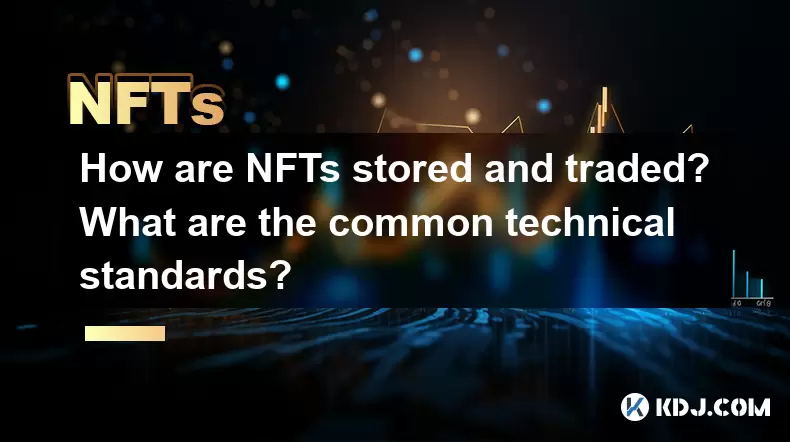
How are NFTs stored and traded? What are the common technical standards?
Jun 20,2025 at 08:49am
Understanding NFT Storage MechanismsNon-Fungible Tokens (NFTs) are digital assets that represent ownership of a unique item or piece of content, such as art, music, videos, or virtual real estate. The way NFTs are stored is crucial to their security and accessibility. Most NFTs are built on blockchain platforms like Ethereum, and the actual file—such as...
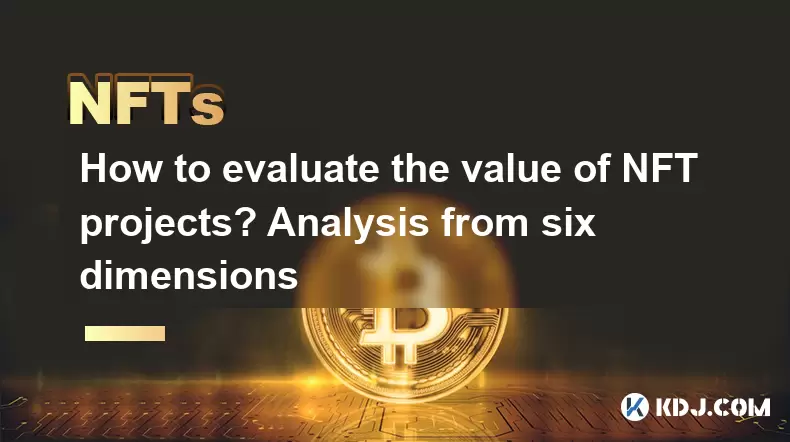
How to evaluate the value of NFT projects? Analysis from six dimensions
Jun 21,2025 at 02:28pm
1. Project Background and Team CredibilityEvaluating the value of NFT projects begins with a thorough understanding of its background and team composition. A credible project is usually backed by experienced developers, designers, and marketers who have a proven track record in blockchain or digital art industries. The presence of identifiable team memb...

What is the difference between NFT and digital collectibles? A must-read guide for beginners
Jun 19,2025 at 09:42pm
Understanding the Basics of NFTsNFTs, or Non-Fungible Tokens, are unique digital assets that represent ownership of a specific item or piece of content on the blockchain. Unlike cryptocurrencies such as Bitcoin or Ethereum, which are fungible and can be exchanged one-for-one, each NFT has distinct properties and cannot be directly replaced by another to...
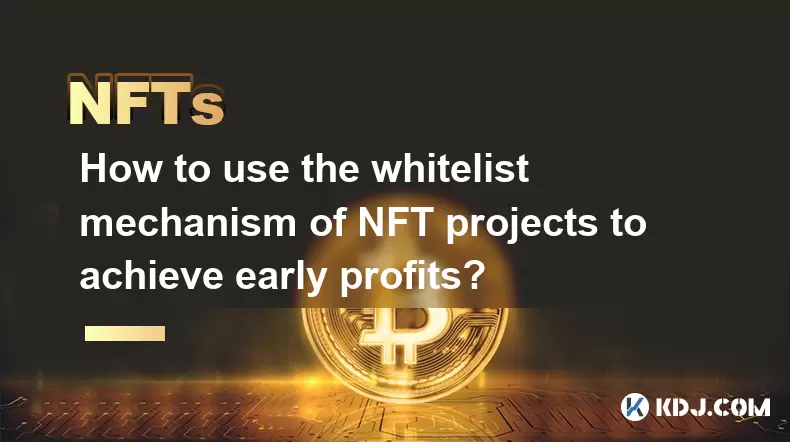
How to use the whitelist mechanism of NFT projects to achieve early profits?
Jun 21,2025 at 03:49am
Understanding the Whitelist Mechanism in NFT ProjectsThe whitelist mechanism is a popular strategy used by NFT project developers to allocate early access or exclusive minting rights to a select group of users. This system allows participants on the whitelist to mint NFTs before they are released to the general public, often at lower prices and with few...
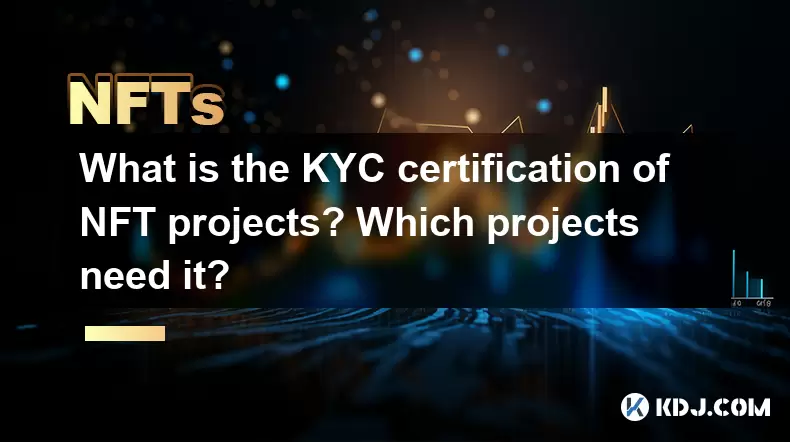
What is the KYC certification of NFT projects? Which projects need it?
Jun 21,2025 at 03:08pm
Understanding KYC Certification in the NFT SpaceKYC, or Know Your Customer, is a regulatory process used by businesses to verify the identity of their clients. In the context of NFT projects, KYC certification refers to the verification of user identities before they can participate in minting, trading, or selling NFTs on a platform. This practice is in...
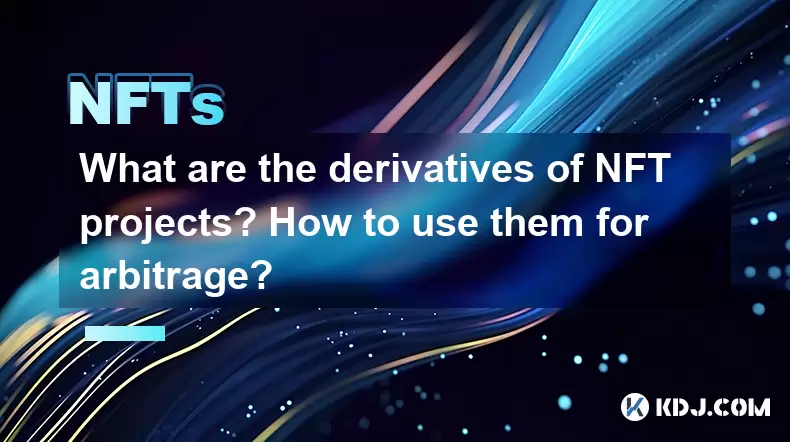
What are the derivatives of NFT projects? How to use them for arbitrage?
Jun 20,2025 at 06:14am
Understanding the Derivatives of NFT ProjectsNFTs, or non-fungible tokens, have evolved beyond simple digital collectibles. In recent years, derivatives of NFT projects have emerged as a new financial layer within the blockchain ecosystem. These derivatives are essentially financial instruments derived from the value and performance of underlying NFT as...

How are NFTs stored and traded? What are the common technical standards?
Jun 20,2025 at 08:49am
Understanding NFT Storage MechanismsNon-Fungible Tokens (NFTs) are digital assets that represent ownership of a unique item or piece of content, such as art, music, videos, or virtual real estate. The way NFTs are stored is crucial to their security and accessibility. Most NFTs are built on blockchain platforms like Ethereum, and the actual file—such as...

How to evaluate the value of NFT projects? Analysis from six dimensions
Jun 21,2025 at 02:28pm
1. Project Background and Team CredibilityEvaluating the value of NFT projects begins with a thorough understanding of its background and team composition. A credible project is usually backed by experienced developers, designers, and marketers who have a proven track record in blockchain or digital art industries. The presence of identifiable team memb...

What is the difference between NFT and digital collectibles? A must-read guide for beginners
Jun 19,2025 at 09:42pm
Understanding the Basics of NFTsNFTs, or Non-Fungible Tokens, are unique digital assets that represent ownership of a specific item or piece of content on the blockchain. Unlike cryptocurrencies such as Bitcoin or Ethereum, which are fungible and can be exchanged one-for-one, each NFT has distinct properties and cannot be directly replaced by another to...

How to use the whitelist mechanism of NFT projects to achieve early profits?
Jun 21,2025 at 03:49am
Understanding the Whitelist Mechanism in NFT ProjectsThe whitelist mechanism is a popular strategy used by NFT project developers to allocate early access or exclusive minting rights to a select group of users. This system allows participants on the whitelist to mint NFTs before they are released to the general public, often at lower prices and with few...

What is the KYC certification of NFT projects? Which projects need it?
Jun 21,2025 at 03:08pm
Understanding KYC Certification in the NFT SpaceKYC, or Know Your Customer, is a regulatory process used by businesses to verify the identity of their clients. In the context of NFT projects, KYC certification refers to the verification of user identities before they can participate in minting, trading, or selling NFTs on a platform. This practice is in...

What are the derivatives of NFT projects? How to use them for arbitrage?
Jun 20,2025 at 06:14am
Understanding the Derivatives of NFT ProjectsNFTs, or non-fungible tokens, have evolved beyond simple digital collectibles. In recent years, derivatives of NFT projects have emerged as a new financial layer within the blockchain ecosystem. These derivatives are essentially financial instruments derived from the value and performance of underlying NFT as...
See all articles

























































































